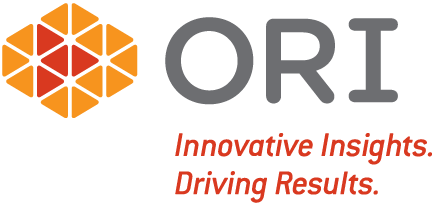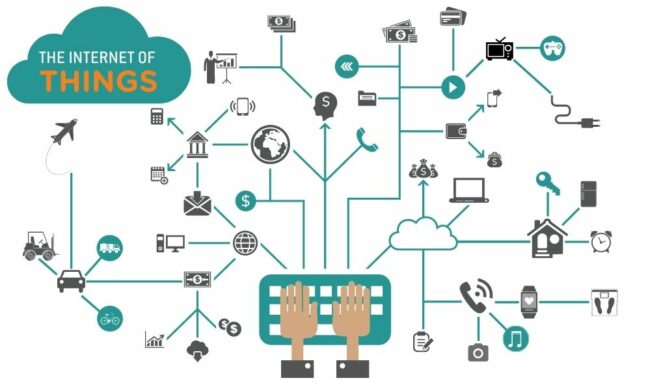The Internet of Things: Taking Customer Centricity to a Whole New Level
How IoT Is Reshaping Customer Experience & Relationships
The Internet of Things (IoT) is something that most of us have probably heard about but know very little about. That’s a scary yet thrilling thought, seeing as it will inevitably be running our lives and our businesses. In some sense it already does—we rely quite heavily on these things. Things like electronic devices, cars, industrial equipment, kitchen appliances, buildings, people, and even animals; only now they’re all connected to the internet, exchanging and collecting vast amounts of data. It goes way beyond the idea of a person using their smartphone or Siri to interact with the internet. While most estimates predict that there will be upwards of 30 billion of these things connected by 2020, the fact is that the IoT is really about data—not devices and gadgets. How this data can be used to shape customer experience is a key question for all of us who focus on improving customer relationships.
New capabilities to manage and analyze real-time data allow companies to gain key insights into product performance, consumer trends, and purchasing behavior at an unprecedented speed and scale. They also allow them to update features or modify upcoming models to more closely align with customer needs—and to better anticipate where consumer preferences are heading in the future. Products that are part of the IoT will not only help customize and improve the customer experience; they will ultimately redefine all of our expectations as we consistently get what we want, exactly when we want it.
Customer service will be much smarter as it shifts from reactive to proactive. Access to this level of detail is invaluable to customer support centers. Teams centered on technical support and customer service will be able to detect when customers have problems and contact them rather than having to wait for them to call, if they even do. To this point, businesses typically only hear from 4% of their dissatisfied customers while the other 96% simply don’t complain—and 91% will never come back (according to Ruby Newell-Legner in “Understanding Customers”). Envisage a world where you know what your customer is thinking about your product or service offering without relying on a small (and often non-representative) portion of your customer base to provide feedback. The innovation and growth potential is truly incredible.
The combination of big data and the IoT will likely change marketing forever, as businesses will be able to collect more marketing information than would have been imaginable even a few years ago. Marketers will be able to go much further to measure nearly every aspect of a customer’s experience. For example, merchants will know every detail about the customer and the product (how long they were in their store, what products they looked at, how long they looked at them, what they bought, how much they bought, etc.)—insights currently limited to online shopping. Marketing teams will engage and interact with customers in entirely new ways based on data-driven understanding of customer behavior. Advertisements will target customers based on how they’re using and interacting with products/services in the real world, not just based on their browsing history.
Increased connectedness with the IoT and big data are creating unique opportunities for businesses to make huge strides in improving consumer relations. The onset of smarter products, improved marketing, and personalized services will drastically change customer experiences as we know them. Companies with the right IoT strategy will be rewarded with new customers, better insights, and stronger customer relationships—creating loyal customers who are partners for life. Regardless of how specific industries address the rapidly changing landscape, one thing for sure is that customers will finally become the center of all decisions. How are you re-envisioning your customer relationships in the new age?












